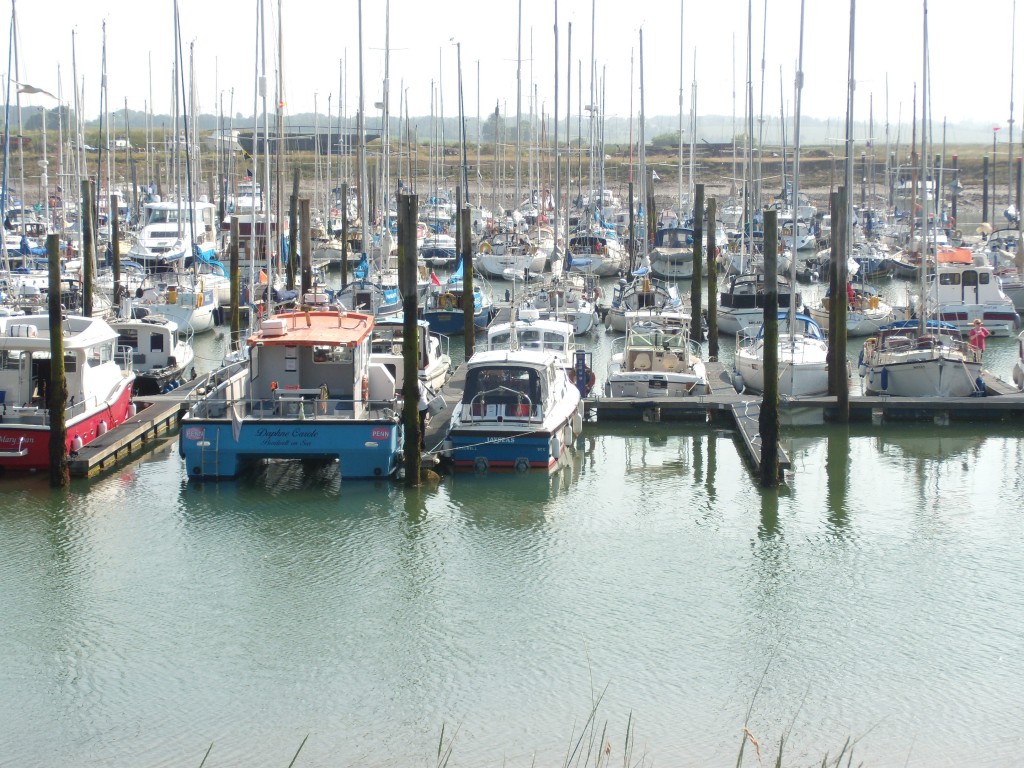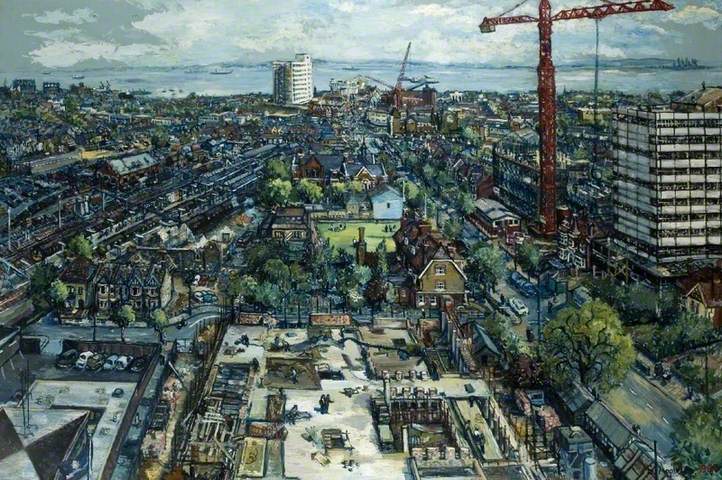We spent the weekend in rural Essex, attending an evening of Magic at the Barn organized by Oliver Tabor and revisiting the compelling and luminous landscapes of the Blackwater Estuary.
The magic was pretty amazing. It was wonderful to see Oliver again, and I defy anyone not to be enchanted by a theatre masquerading as a 17th century red brick barn (or is it the other way around..?) – but for me there’s magic in the landscape itself. a unique kind of stillness, of apartness, intensified and redoubled when you realise how untouched this part of the country still is, in spite of its proximity to London and the ever-expanding suburban sprawl that is thrown up, like a concrete worm cast, in the wake of the M25.
On the days we were there, the land was all mirror-brightness, all strange solitude. I can’t be in that place without thinking about ‘The Muse of Copenhagen’, which is set on the Blackwater, about Johnny, and Southshore, those lucent, spellbound summers you want never to end.
We drove also to Leigh-on-Sea, to visit the birthplace of John Fowles in Fillibrook Avenue, which immediately made me want to read all of Fowles again. We had coffee in Old Leigh, where we were lucky enough to visit the studio of Sheila Appleton, an artist now in her eighties who has been painting Leigh and its environs since she was seventeen years old. Sheila’s paintings and drawings are striking, full of force, and replete with an intense and personal understanding of their subject matter. It was an immense privilege to see her workplace, to listen to her talk about the landscape that has provided her lifetime’s inspiration.
I absolutely intend to set another story here.

